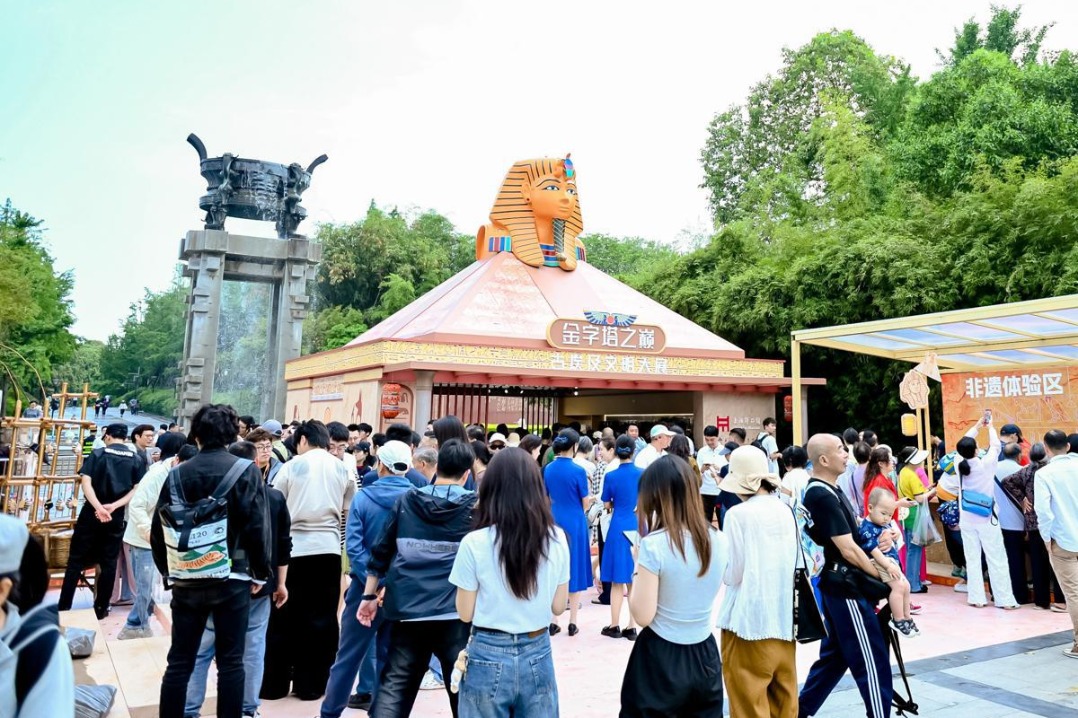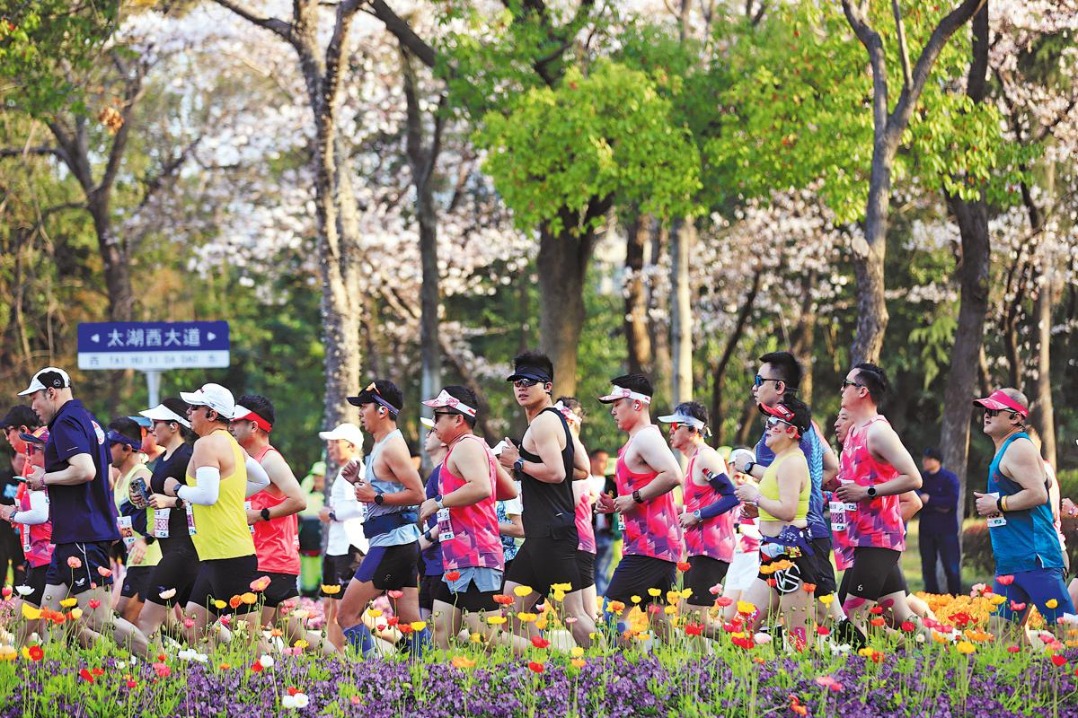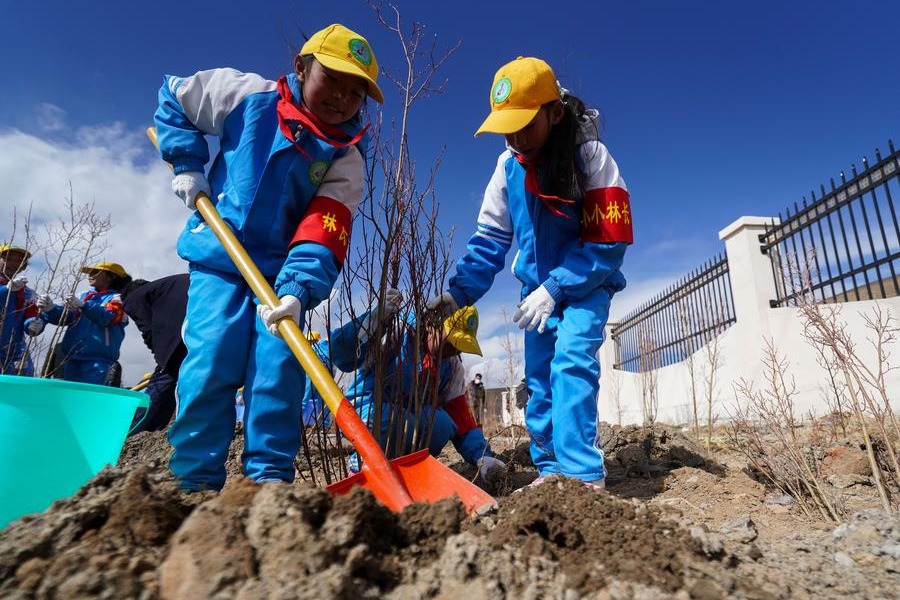Venues attract visitors with impressive architecture, natural surroundings and rich history

With temple visits becoming increasingly popular, the following venues are relatively free of crowds, while boasting stunning architecture, peaceful surroundings, and rich cultural and religious history.
Guoqing Temple: Tucked away amid lush forests, clear streams and deep valleys, and with Tiantai Mountain as its backdrop, the temple, built in the Sui Dynasty (581-618), is located in Tiantai county, Zhejiang province. Although it is a top-rated scenic spot, there is no admission charge and visitors are not required to burn incense.
An ancient plum tree to the right of Daxiong Baodian (the main hall) has reportedly stood on the site for more than 1,300 years. It blooms in early spring and looks particularly stunning against the temple's yellow walls and incense smoke.
Another highlight at the temple is the combination of Zen practice and farming. In addition to practicing daily Buddhism rituals, local monks engage in agricultural work, such as growing vegetables in nearby fields, to support themselves.
Zhihua Temple: Located in Dongcheng district, Beijing, the temple features spring blossoms and music performances, in addition to its religious ceremonies. Built in the Ming Dynasty (1368-1644), it is said to be the only remaining Buddhist temple in the Chinese capital with Ming characteristics.
The entrance is reached by navigating a series of hutong, or alleyways, allowing visitors to experience the daily lives of locals in the area.
In spring, visitors are greeted by the sight of pear, lilac and crab apple blossom. Jing music, a style handed down through 27 generations of musicians and which features on the list of national intangible cultural heritage items, is performed daily.
Huiyin'gaoli Temple: Situated in Hangzhou, capital of Zhejiang, this venue may appear to be somewhat quaint when compared with its better-known local counterparts such as Lingyin Temple and Faxi Temple.
The temple was frequented by Yuan Dynasty (1271-1368) painter and calligrapher Zhao Mengfu, who was said to be transfixed by its tranquility.
The plum blossoms at the temple are widely considered by locals to be peaceful and serene due to the quietness at the venue and its lack of crowds. Time seems to slow markedly at this temple.
Visitors should not miss the revolving bookcase, one of the biggest of its kind in China. It is 13 meters tall and is turned manually. Such bookcases are a feature of Buddhist temples, and the act of turning the wheel is considered to bring good fortune and blessings.
Luojia Temple: Located on Gongyu Island off the coast of Shishi, Fujian province, the temple was built in the 1990s in an architectural style typically seen in southern areas of the province. The roof is meticulously crafted and the stone pillars are decorated with lotus flowers. The rugged but delicate rockery is another attraction for visitors, with the 12 animals of the zodiac presented in various vivid and lifelike forms.
The temple is surrounded by sea, and during high tide, the reefs lie below the water line — making it appear as though the temple is floating on the ocean. The only means of access is via a bridge.
From the temple grounds, there is a 360-degree view of the horizon. On foggy days, the temple resembles a fairyland, which attracts photographers and adds to the venue's mystique.
- China to enhance welfare net for children living in difficulty
- More opportunities open up for disabled people
- Xi meets Serbian President Vucic
- Cutting-edge industries gather for Beijing expo
- Man transforms village through livestreaming and local specialties
- Shanghai's Yangpu district to lure more creators and graduates





































